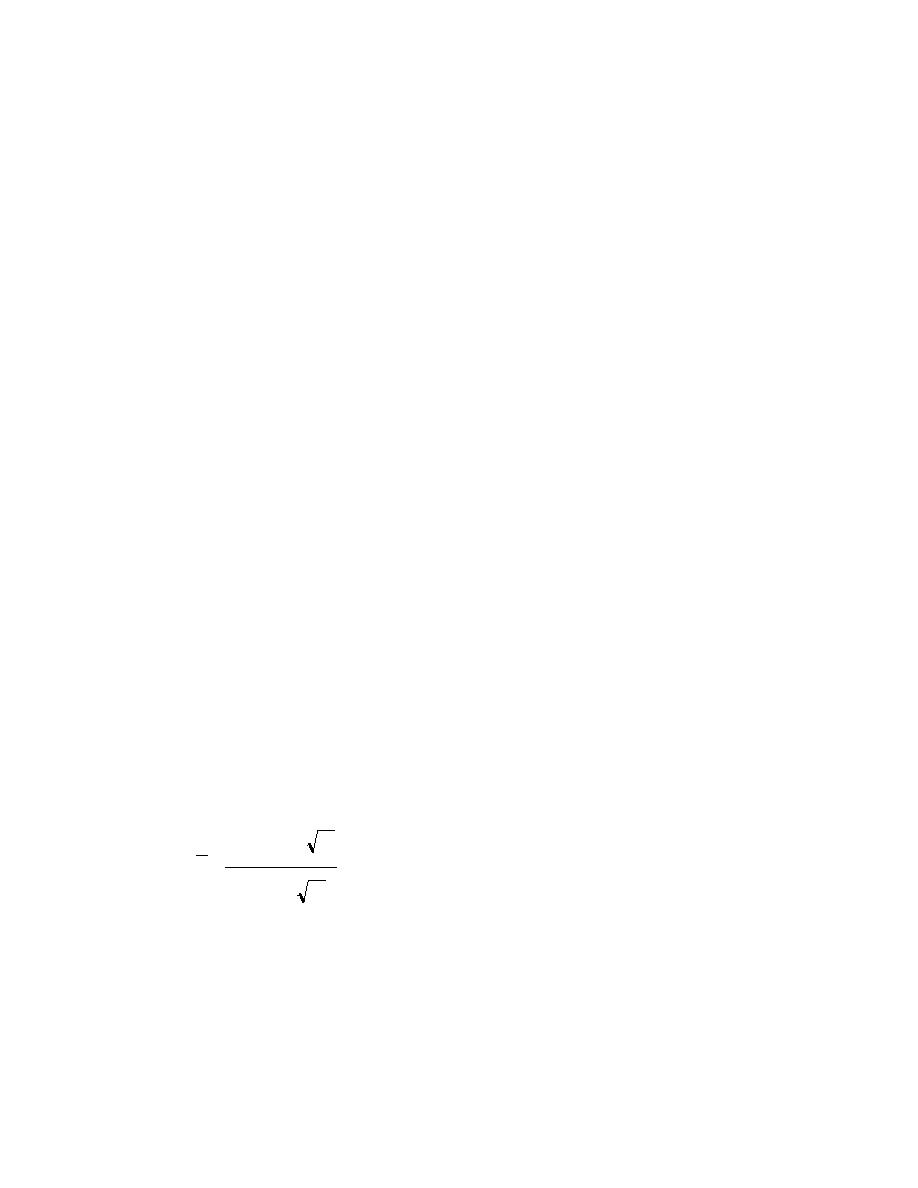
Composite Hydraulic Properties
The compositing routines in SAM calculate representative hydraulic
parameters for cross sections with complex geometry and variable roughness.
Representative hydraulic parameters are used to calculate the same normal depth
that would be calculated by a more rigorous analysis that analyzed each
homogeneous cross-section subarea separately. Due to the obfuscated
relationships between variables that can occur in compound and complex
channels, parameter definition for a composite variable may be different than
normally employed for that variable. For example, in the alpha compositing
method, the composite hydraulic radius is not defined as the total area divided by
the wetted perimeter; rather it includes, in addition to the usual geometric
element property, the variation of both depth and n-values. There are several
methods in the literature for compositing. The alpha method was selected as the
default for SAM. Three other methods are provided as options: equal velocity,
total force, and conveyance methods.
Alpha Method
The discussion of the derivation and use of hydraulic properties by the Alpha
method appears in Appendix C, EM 1110-2-1601 (USACE 1991, 1994). A cross
section is subdivided into panels between coordinate points. The divisions
between panels are assumed to be vertical. The cross section is not subdivided
between channel and overbanks for this calculation.
A water-surface elevation is either assigned or assumed, and calculations
begin at the first wet panel in the cross section. The geometric properties of area
and wetted perimeter are calculated, and the panel's hydraulic radius is calculated
from them. The assigned roughness for the panel is converted to a Chezy C, and
a panel conveyance is calculated. Computations move panel by panel to the end
of the cross section. The composite cross-sectional area is defined as the sum of
all the panel subareas and is the true area. The composite velocity is defined as
the total discharge divided by the area, conserving continuity. The composite
hydraulic radius is conveyance weighted as given by the following equation:
k
∑R C
Ai Ri
i
i
i=1
R=
Equation 2-24
k
∑C
Ai Ri
i
i=1
where:
R = the composite hydraulic radius
_
k = the number of panels
i = the panel number
Ri = Ai / Pi
21
Chapter 2
Theoretical Basis for SAM.hyd Calculations



 Previous Page
Previous Page
